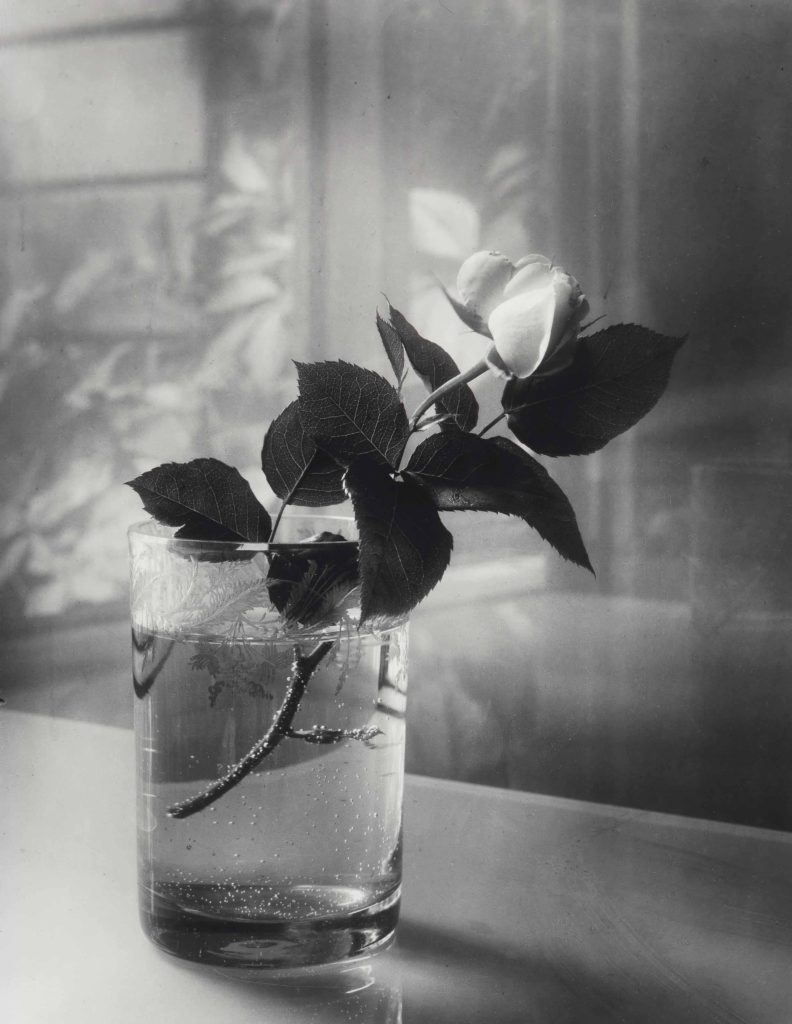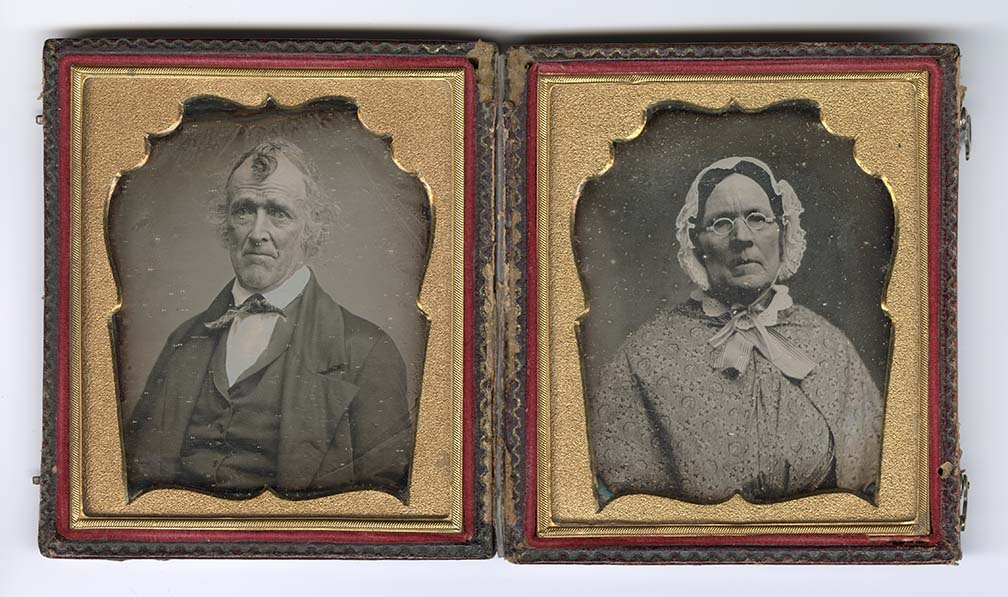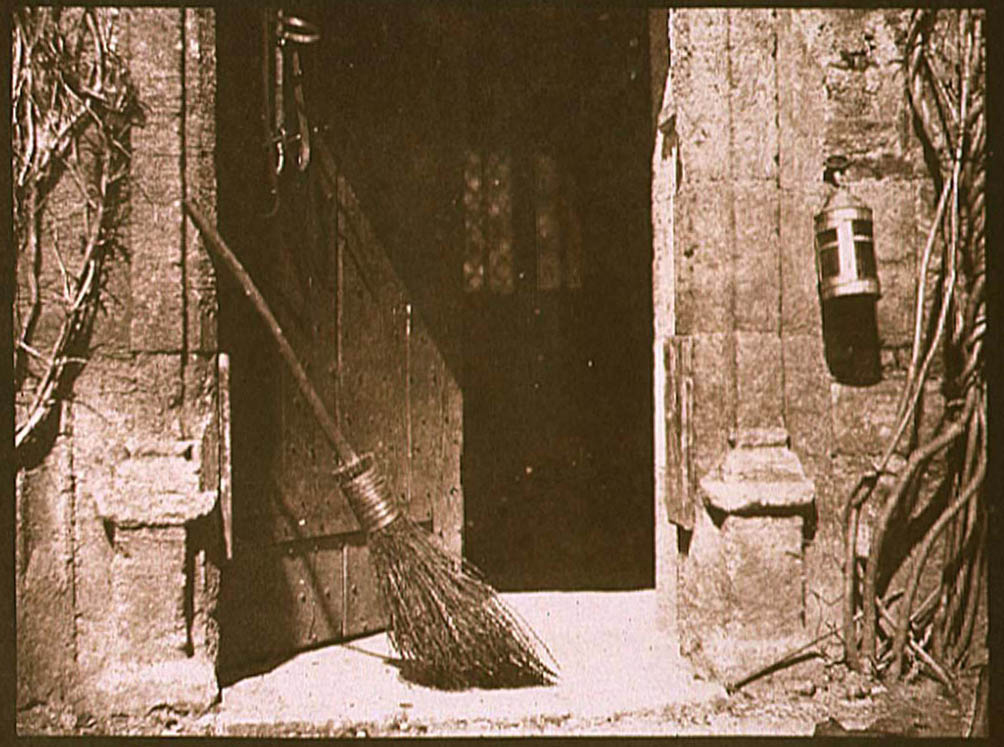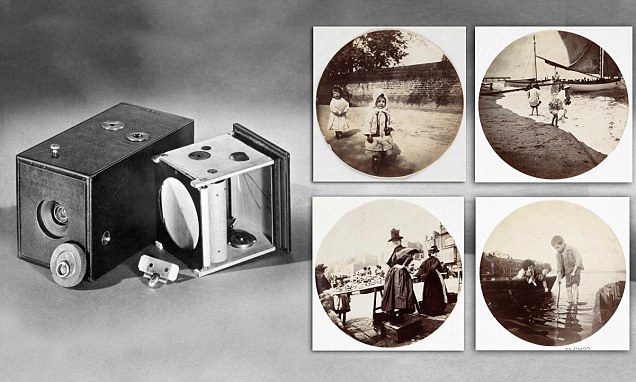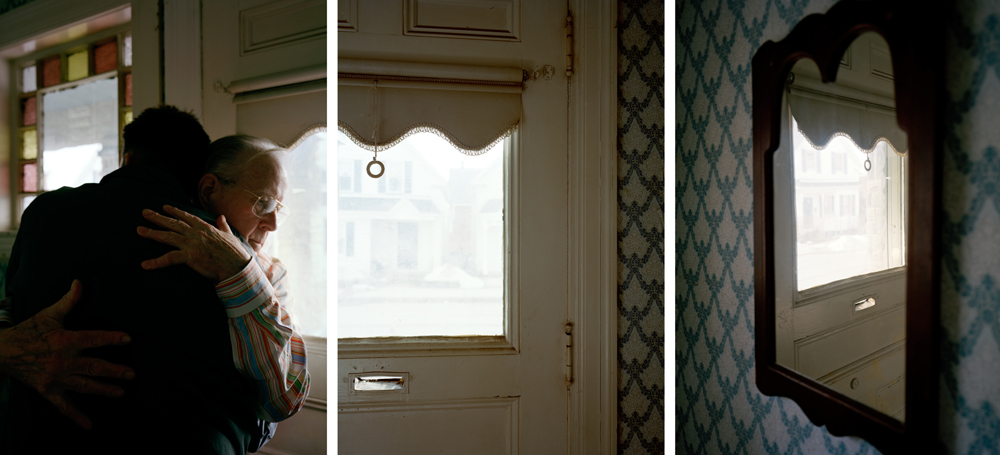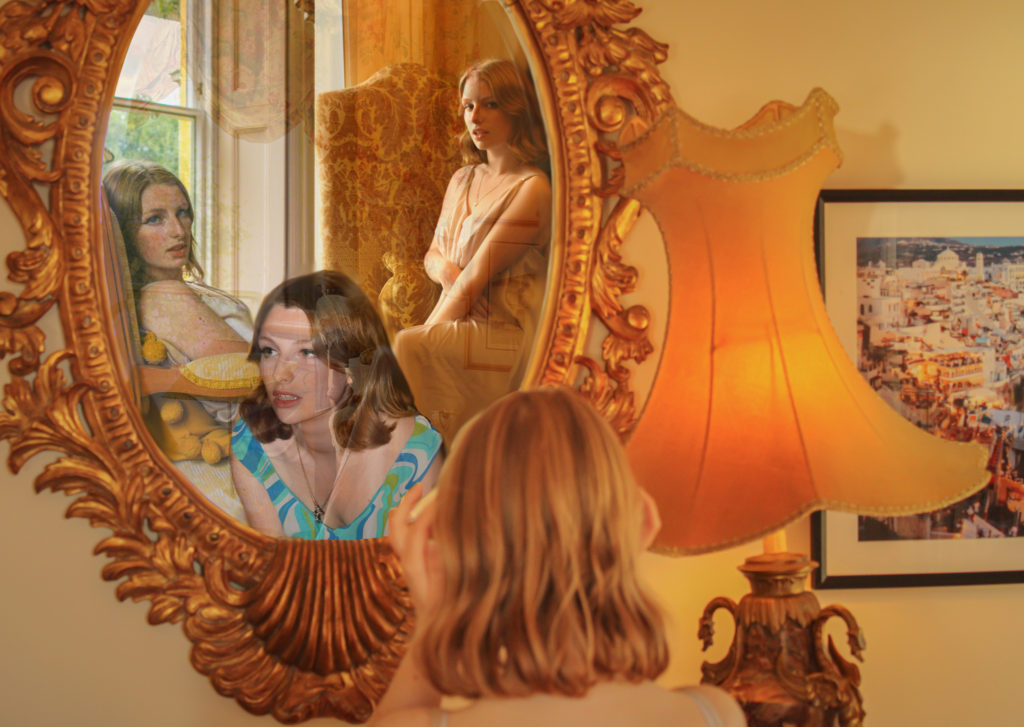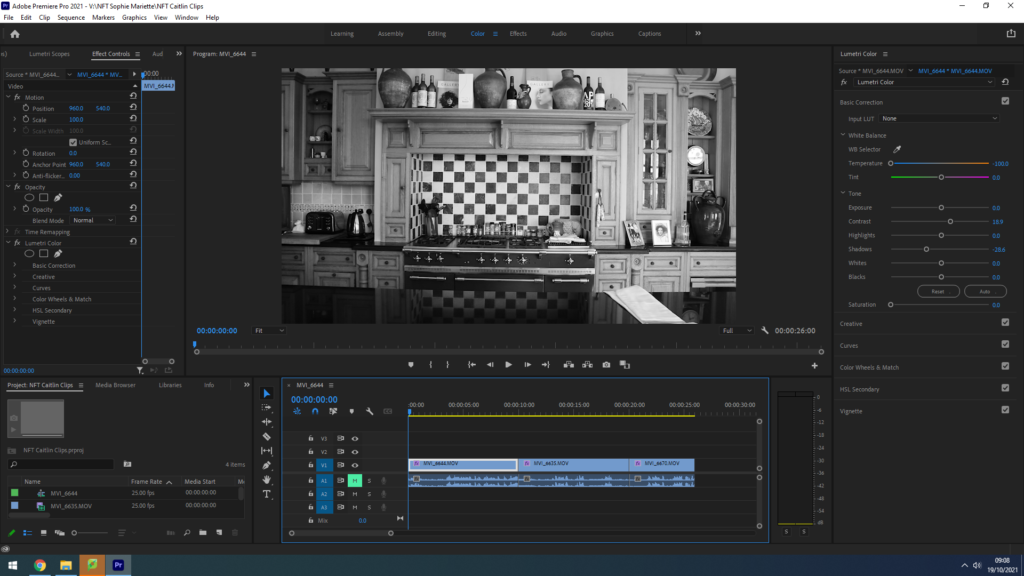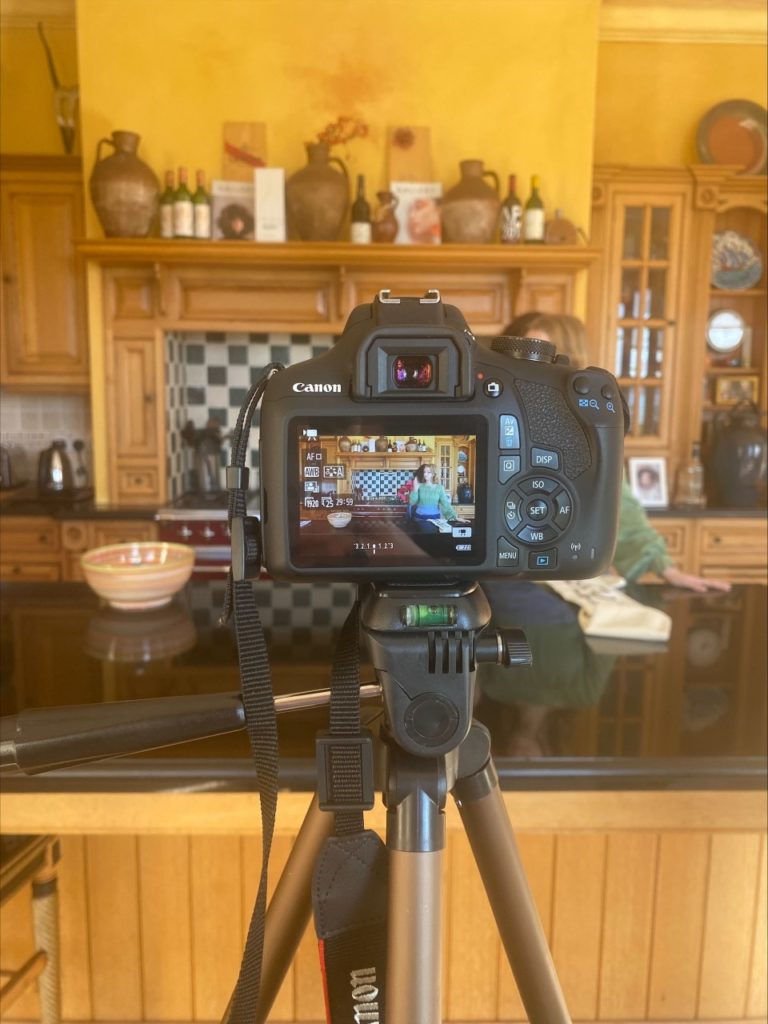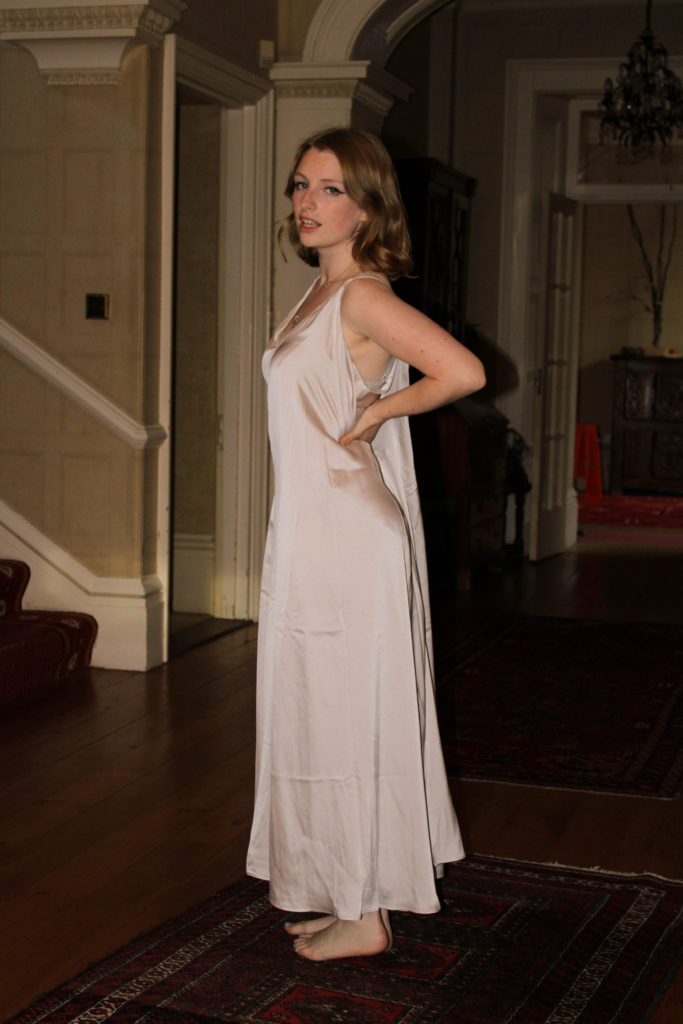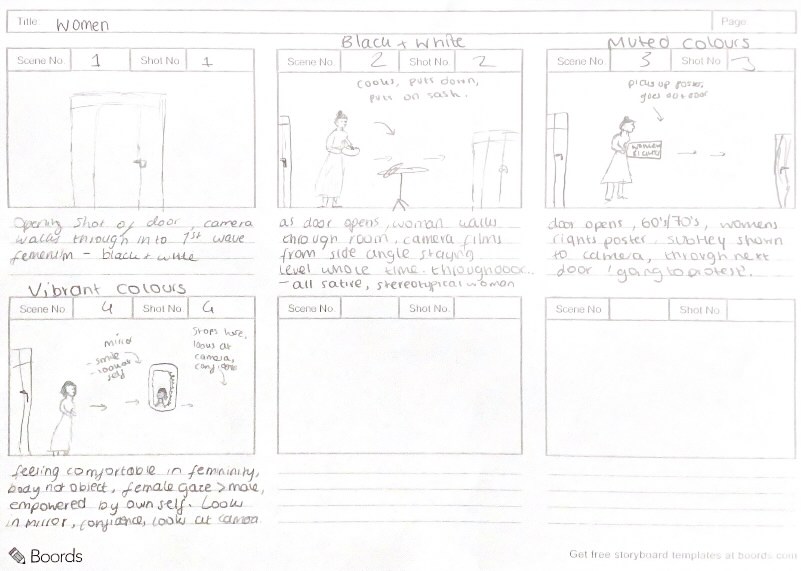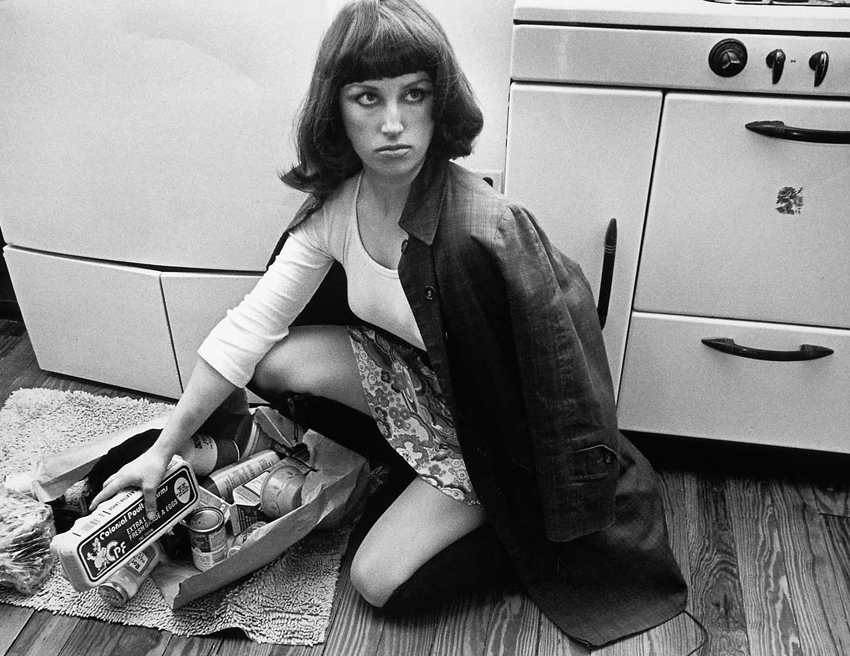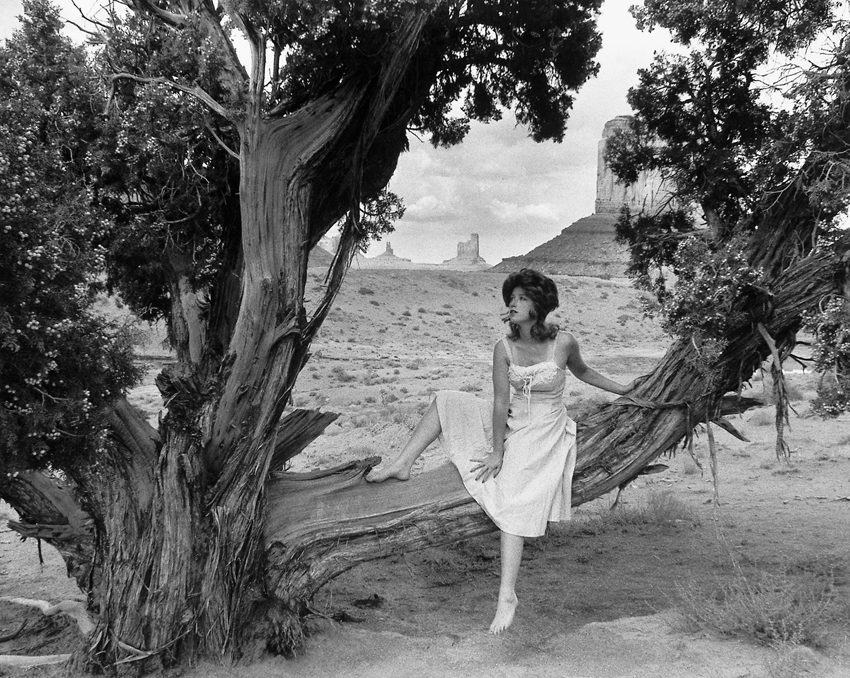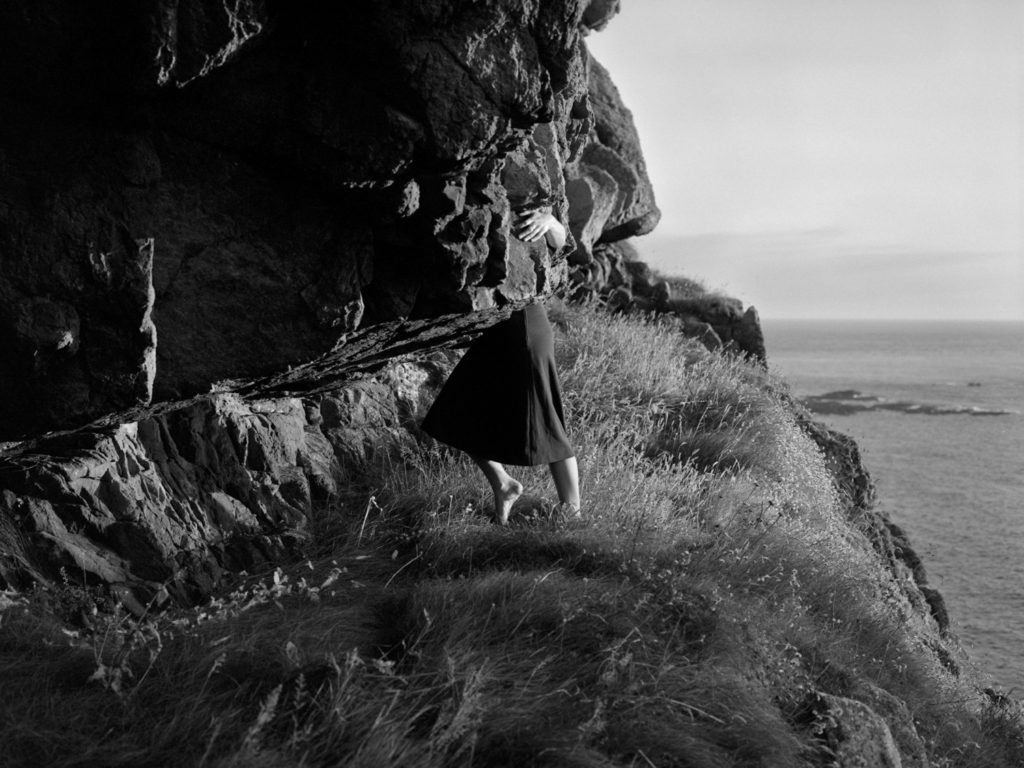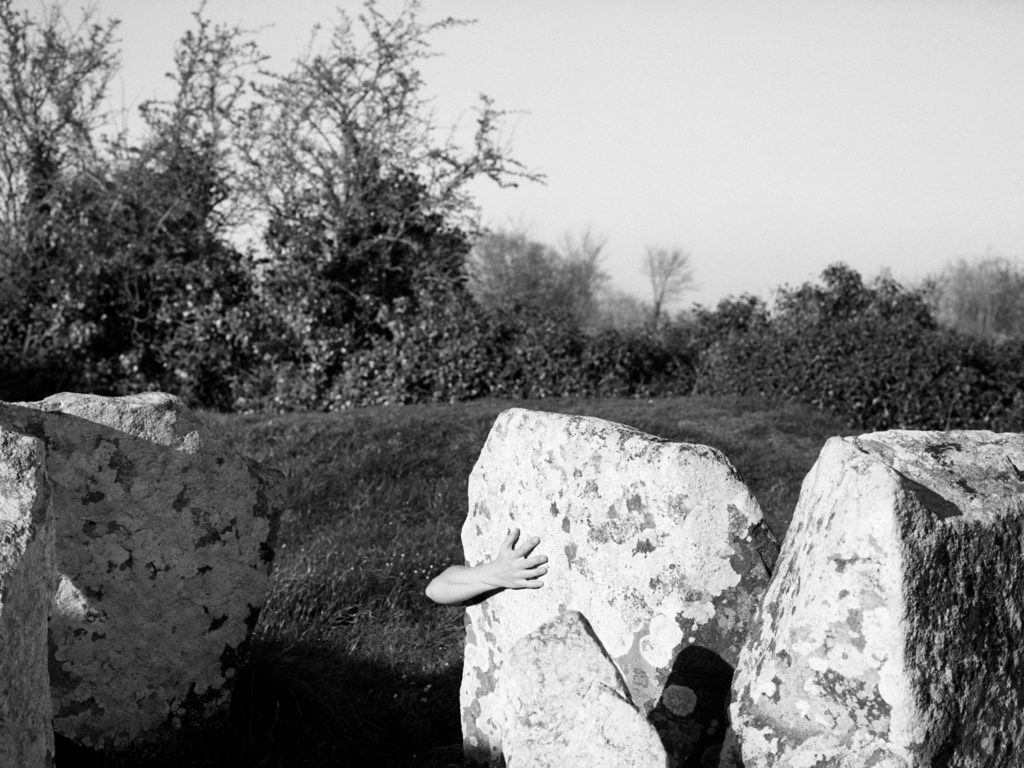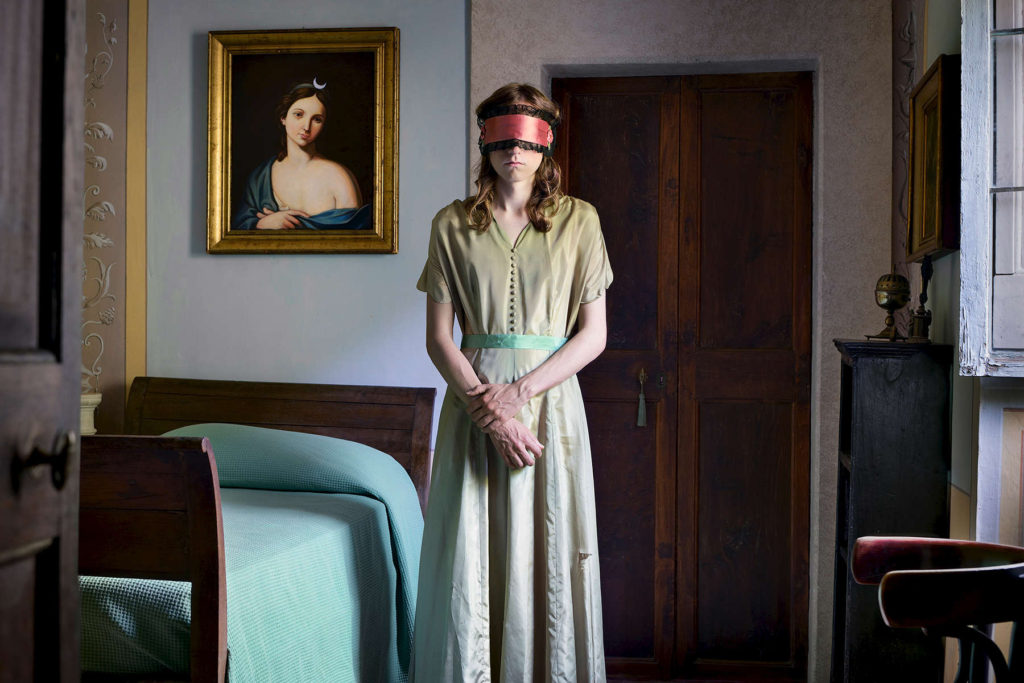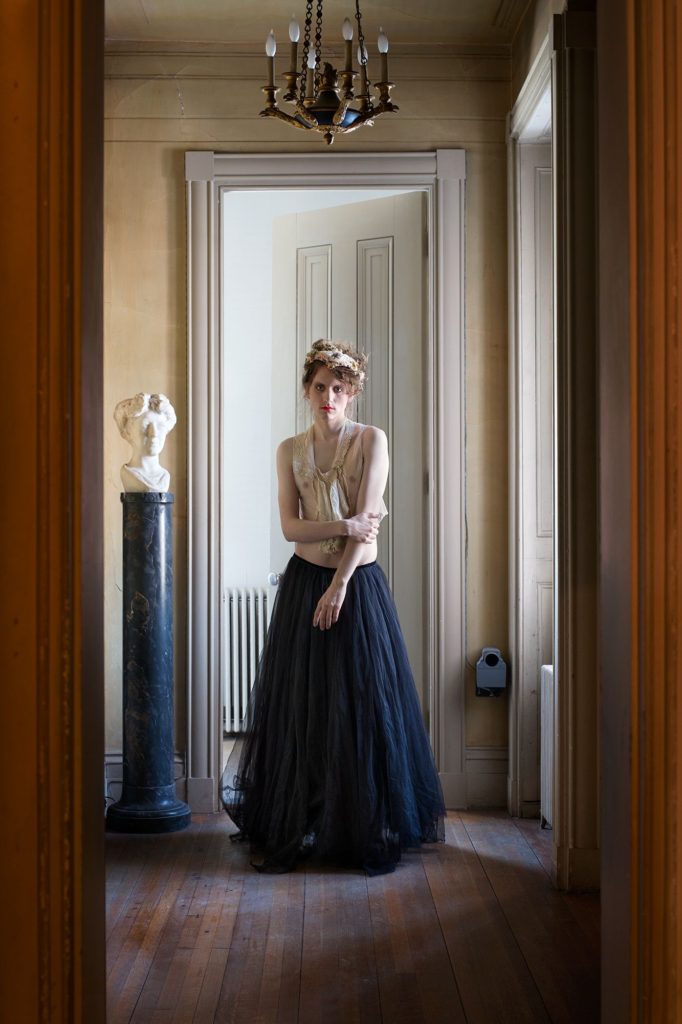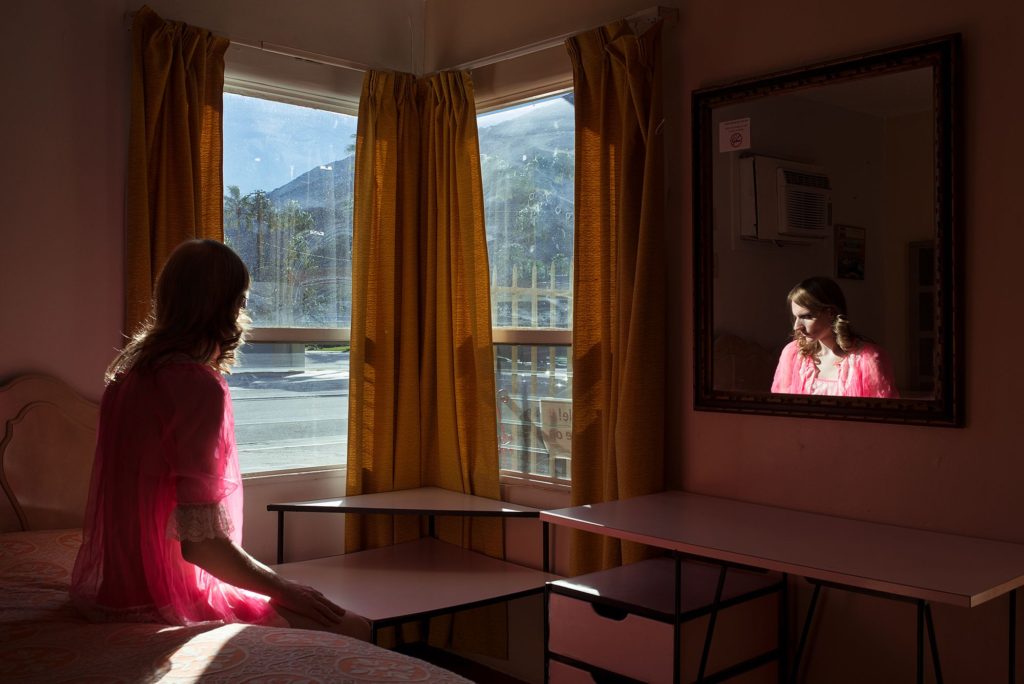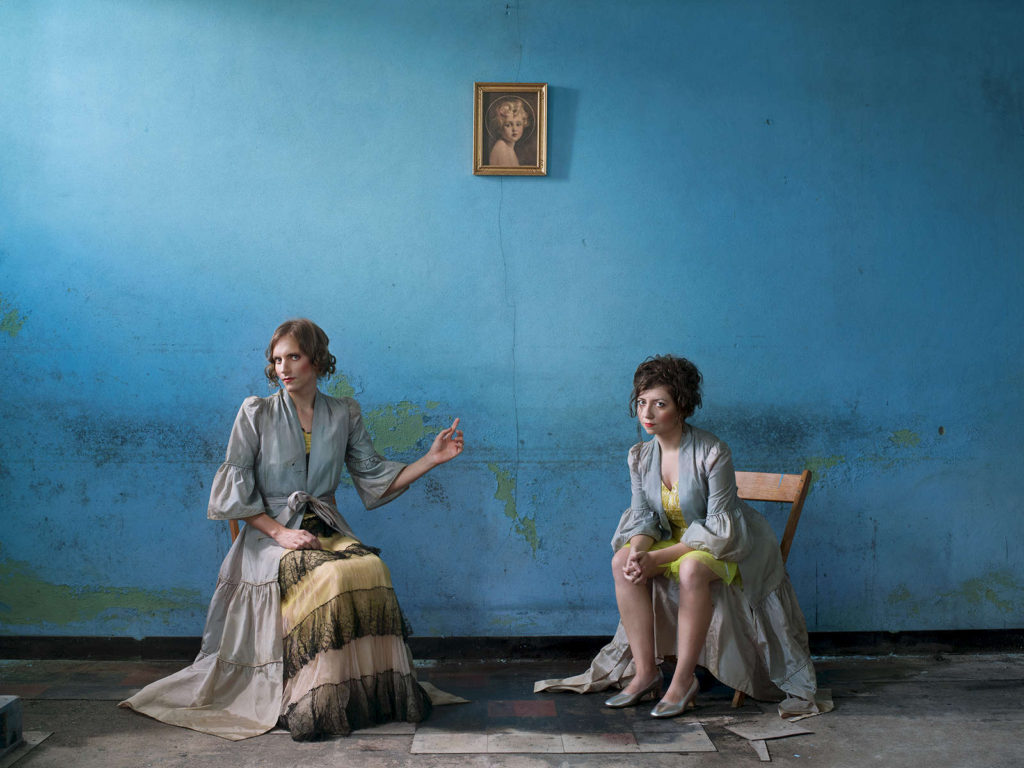Robert Darch
Robert Darch (1979 – present) is a British artist-photographer based in the South West of England, he studied at Plymouth University and holds an MFA with distinction in Photographic Arts and a MA with distinction in Photography & the Book. He also has a BA with honours in Documentary Photography from Newport, Wales. A quote from Darch’s website about his work reads ‘His practice is motivated by the experience of place, in which the physical geography and material cultures of places merge with impressions from contemporary culture that equally influence perception. From these varied sources, both real and imagined, he constructs narratives that help contextualise a personal response to place.‘ This statement is what initially drew me to Darch’s work, his way of capturing a sense of a person’s identity within a place is something I would really like to respond to and reflect on. In 2018, Darch released his first published photobook titled ‘The Moor’ which depicts a fictionalised dystopian future situated on the bleak moorland landscapes of Dartmoor. Drawing on childhood memories of Dartmoor alongside influences from contemporary culture, the narrative references local and universal mythology to give context but suggests something altogether more unknown. I see Darch’s work as a subtle hint towards romanticism, showing the misty, idyllic and aesthetically pleasing areas of the English countryside while holding deeper meanings surrounding mental health and societal issues.
Vale – By Robert Darch
Darch’s project ‘Vale’ has been the most inspirational source for my personal investigation, at the age of 22 Darch suffered from a minor stroke, followed by a period of ill-health which would affect him for the majority of his twenties. As a coping mechanism during convalescence, he retreated into a world of fictional narratives, of indoor spaces and eventually a physical move back to his familial home of Devon. Slowly, he began to reset his narratives, his place in the world, and the expectations of his youth. An unseen enemy threatening his own body and psyche was mitigated by escapism and wish-fulfilment. They way Darch captures fantasy juxtaposed with realism in his work is something I would really like to replicate during my project. While Darch’s illness had more physical effects on his body, my project will focus on the mental effects of illness – I believe his work still relates to the mind and can be viewed in several ambiguous lights. An extract from Darch’s website on Vale reads; “The fictional worlds into which Darch escaped, exhibited characteristics which were at once benign and threatening. An interest in the English sense of the eerie had been with him since childhood, notably the writings of James Herbert, the Dartmoor of Conan Doyle and such touchstones of ‘coming-of-age’ cinema as Rob Reiner’s Stand by Me. As Darch’s period of retreat from the world lengthened, further influences were incorporated into this mix, from British standouts such as Jonathon Miller’s Whistle and I’ll Come to You (1968) to the Italian Giallo film movement of the 1970s and the atmospheric and psychological Japanese horror revival of the early 2000s. Vale is a result of this percolation and loss. It is the fictional space where Darch is able to relive and re-imagine a lost period in his life, journeys with friends both through physical spaces and through time. On one level its subjects could act as stand-ins, allowing him to explore winding rivers in late summer evenings, empty country roads and ancient English woodlands. But as the journey continues, multiple readings quickly become apparent. Despite possibly providing a positive escape from Darch’s ‘vale of despond’, it is the sense of the eerie which becomes unavoidable.”
The whole concept on Darch’s work in ‘Vale’ has inspired me to create images that follow fictional narratives, a story to escape the frantic modern world similar to ones I’d create as a child. Bringing back memories of places I would go to get away from the trivialities of life, woodland walks, rooms around the home, family gardens etc – I would like to revisit these places and create a sequence of fictional realities. The topic of anxiety in children and young people has often had simplified and quite belittling representation, in this project I aim to take inspiration from Darch to show these issues through landscapes and abstraction, provoking thoughts from the observer on the topic.
‘Vale’ Images –
Josef Sudek
Josef Sudek (1896-1976) was a Czech photographer, extremely well-known for his work on still-life photography as well as black and white images of Prague, interiors and landscapes. Prior to taking an interest in photography, Sudek worked as an apprentice bookbinder before serving in the Austro-Hungarian Army during the First World War, when he was wounded and subsequently lost his right arm to amputation. He was a member of the Prague Club for Amateur Photographers from 1920-24, and studied photography at the State School of Graphic Arts in Prague from 1922-1924. Much of Sudek’s early work was inspired by that of Clarence White, who espoused a Pictorialist approach to light and form – something I would like to experiment with during my personal investigation. Many of Sudek’s most memorable images were taken from the window of his small studio, documenting his humble courtyard during changing weather and light conditions. During the 1920s, Sudek created a series of photographs of disabled Czech soldiers; in 1927 he was one of the founding members of the renegade Czech Photographic Society, dedicated to documentary photography. His series of photographs of the renovation of the St. Vitus Cathedral in which he juxtaposed architectural details of the cathedral with the abstract forms of workers’ tools won him the title of official photographer for the city of Prague in 1928. Nevertheless, the area of Sudek’s work that intrigues me the most is his documentation of flowers, usually stood in clear vases near his studio windows. The way Sudek documented changes in weather, atmosphere and seasons in his still-life images portrays to me the idea of as the surroundings change, reality changes too. Sudek once said “Everything around us, dead or alive, in the eyes of a crazy photographer mysteriously takes on many variations,” he explained, “so that a seemingly dead object comes to life through light or by its surroundings.”
Sudek’s Pictorialism Influences
Sudek was influenced by the concerns of Impressionism, Pictorialism, and Czech Poetism, but throughout his life, remained faithful to his own stylistic and emotional proclivities of introspection. His work holds the same dream-like, soft atmospheres that many other Pictorialist photographers captured, for example the work of Alfred Stieglitz and his study of clouds in ‘Equivalents’. Sudek’s use of windows, documenting overcast foggy days through frosted glass, additionally adds to his Pictorialist style – his use of light and aperture settings creates this soft blur around his subject flowers, almost replicating that of an oil painting. As Sudek was creating and photographing during the change of an art movement from Pictorialism to Modernism throughout the 1920’s and 1930’s, his work holds an almost vintage feel when compared to those being created during the same time period. I believe his photography has a mystery and ambiguity to it, the images can be observed and analysed in such different ways as his influences at the time were slowly leaving what was ‘in fashion’ or expected during this development in art movements. The soft blurs and focus of Sudek’s still life photography is something I would like to experiment and work with during my personal study, however I have the idea to not use the same sepia tones as Sudek, and instead try editing in a less vibrant, toned down colour to relate and link up more with the work of Robert Darch, representing escapism and realities.
Sudek’s Still Life Images –
Artist’s link to physical illness;
Both chosen artists have gone through difficult points in their lives, with Darch suffering from a stroke at a young age and Sudek losing his arm during the war. In respect to my project, both artists have used photography as a method of escapism from an illness/disorder that had impaired them throughout their life – I would like to explore how elements of their images may have deeper meanings in regards to symbolism of weakness or hope. Although Sudek’s images are not known to have been made with his impairment in mind, I can still recognise themes of optimism in a time of ill-health through his project; as if the flowers are symbols of life continuing, adapting in a new environment after being cut down from their home plant – they are still able to live in a singular glass of water, therefore hinting towards hope. Nevertheless, Darch’s work noticeably conveys a sense of escaping from reality through vibrant colours, dream-like compositions and golden hues that relay this idea of ‘the light at the end of the tunnel’. Though Darch reflects his sickness throughout his project, it is done subtly, with Darch himself stating ‘during the illness I no longer wanted to turn the camera inwards, to linger on the reality of my situation, preferring to lose myself in fictional constructs of the mind’. This fictionality in his work is honest and raw, giving the observer a glimpse into his mind where he would create narratives to escape from his own dismal one, yet still showing his optimistic outlook on life. Though these artists focus on physical illness, I would like to use their style of photography, however looking at the effects of mental illness throughout my life.
Links to further resources;
Biblioscape on ‘Vale’ by Robert Darch


















